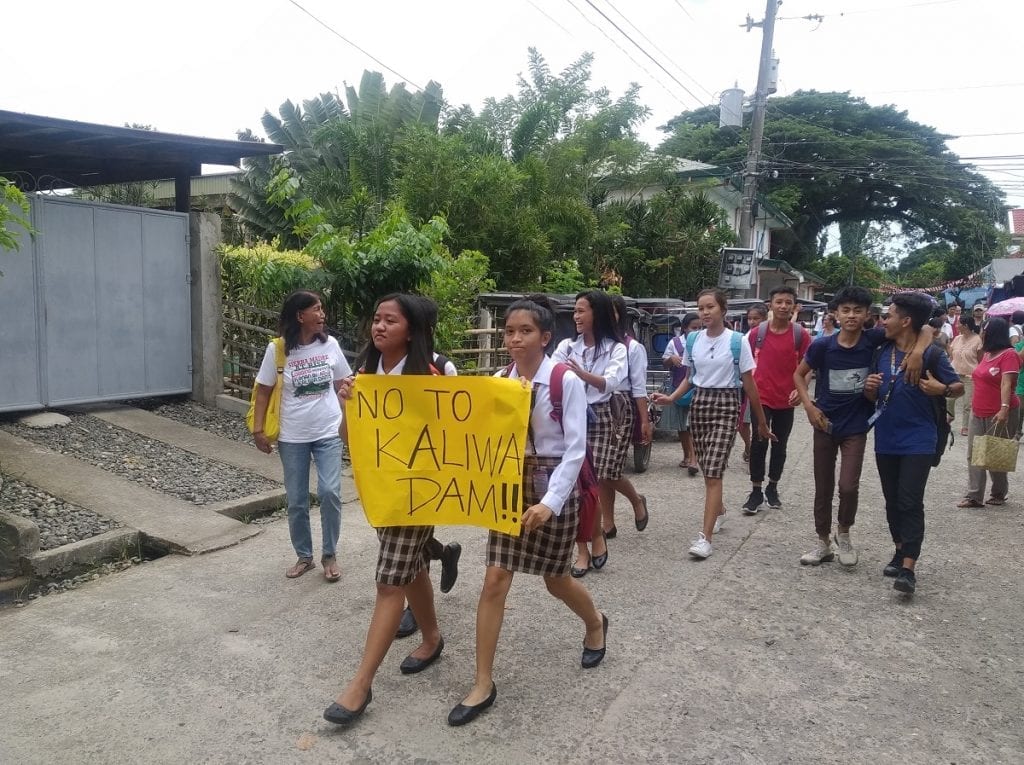This is what the economy of the Amazon…
10 July, 2024
Wednesday 11 may 2022
Header photo: Forest in Cambodia (c) Kouy Socheat / NTFP-EP Cambodia
FAO launched “The State of the World’s Forests 2022” 2 May, during the XV World Forestry Congress which was held in Seoul, Republic of Korea and virtually. According to the publication, the rate of deforestation is declining, but we nevertheless lost 30% of the world’s forests in 10 years. It is crucial to reverse this trend, as forests play crucial roles in building inclusive, resilient and sustainable economies.
The report outlines three pathways for achieving green recovery and tackling environmental crises. Local actors and smallholders, including women, youth and Indigenous Peoples, have a leading role in achieving these forest pathways.
Halting deforestation and maintaining forest ecosystem services would benefit climate, biodiversity, health and long-term food security, especially for the communities that depend on them. When forests are cleared for expanding agricultural or mining activities, this often happens at the expense of the territory and rights of local and indigenous communities.
Indigenous and local communities, including women and youth, have a key role to play in forest governance, and should be included and represented in decision-making processes concerning their land and livelihoods. IUCN NL contributes to more sustainable and inclusive management of tropical rainforests, in a way that promotes climate mitigation and adaptation, human rights and preserves the livelihoods of local communities.
In the Philippines, for example, the government plans to build a dam in the forests of the Sierra Madre to meet the increasing water demand in Manila. However, the planned location of the Kaliwa dam is the territory of the indigenous Dumagats, threatening the area’s biodiversity as well as their sources of income, water supply and sacred sites. Local leader Clara Dullas therefore calls on other Dumagats to speak out against and the dam and for their rights, such as the right to free prior and informed consent (FPIC).

Ghana’s Atewa forest is the catchment area of three major rivers that provide clean water for 5 million people. The Forest presents one of remnants belt of significant forest cover for climate mitigation in Ghana. The Atewa forest is internationally renowned for its extraordinary biodiversity. Still, the Ghanaian government intends to mine bauxite in this protected forest reserve.
Forest and landscape restoration and agroforestry help diversify livelihoods and landscapes and increase land productivity. The FAO found that well-planned and -executed investments in forest restoration will have net economic benefits.
In Ghana, a large area of forest has been cut down to satisfy the increasing demand for charcoal. In order to prevent further deforestation, we support local communities to establish charcoal plantations. We are also working on landscape restoration with local organisations: we encourage natural restoration and plant trees that contributes to the livelihoods of the communities.
Increasing sustainable forest use, and building green value chains, would help meet future demand for materials and support sustainable economies. Through the Forests for a Just Future Programme, IUCN NL promotes the development of sustainable alternatives to deforestation, such as increasing the value of sustainably harvested forest products.
One example is the forest of the Indudur Nagari community in West Sumatra in Indonesia, which is rich in forest products, including the candlenut. You can make all kinds of products from candlenuts to increase the value, such as oil. However, this potential had not yet been fully exploited by the inhabitants. A group of women saw an opportunity to train others to increase their income.
Another popular forest product from Indonesia is rattan. The high demand for this climbing, liana-like plant is disturbing the ecosystem of the Indonesian tropical forests. To enable sustainable production of rattan, IUCN NL’s Indonesian partner NTFP-EP and the Indonesian Ministry of Environment & Forestry collaborated on a certification scheme for sustainable rattan.
In order to meet climate, biodiversity and land degradation neutrality targets for the three forest pathways, finance for them needs to at least triple by 2030. Additionally, global climate finance needs to be diverted towards small farmers, Indigenous Peoples and local communities.
In a number of landscapes in Africa and Asia, we bridge the gap between local entrepreneurs that contribute to climate adaptation and mitigation, for example through reforestation, and public and private investors. It enables us to mobilise more funding for nature restoration and we improve climate resilience.
In Vietnam, monoculture acacia plantations intended for wood pulp are disastrous for biodiversity. With the support of IUCN NL, our partner organisation VietNature set up a profitable project for FSC certified timber production. This could benefit plantation owners in the communities as well as nature. In 2020, the first investor came forward.
The full 2022 State of the World’s Forests report as well as a summary can be downloaded on the FAO website.